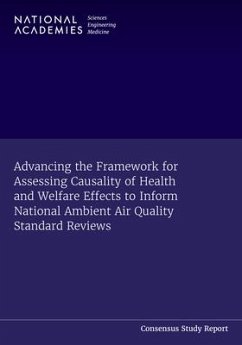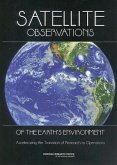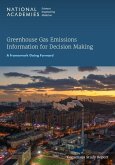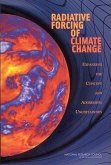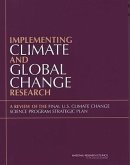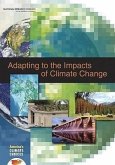As part of its responsibilities under the Clean Air Act, the U.S. Environmental Protection Agency sets National Ambient Air Quality Standards (NAAQS) for the air pollutants carbon monoxide, lead, oxides of nitrogen, particulate matter, ozone, and sulfur dioxide. EPA uses a "weight of evidence approach" to evaluate evidence from scientific studies and describe the causal relationships between these "criteria pollutants" and any adverse impacts on human health and on public welfare - including impacts on wildlife, water, forests, agriculture, and climate. The evaluation, called an Integrated Science Assessment, is used to inform standards setting associated with the criteria pollutants. This report, produced at the request of EPA, describes EPAs and several other frameworks for inferring causality of health or welfare effects and the characteristics of evidence useful for forming a causal determination. The report concludes that EPAs causal framework is effective, reliable, and scientifically defensible, provided that key scientific questions are identified and a range of necessary expertise is engaged. More transparency in how EPA integrates evidence could improve confidence in their determinations, and more guidance is needed in the framework on how evidence should be examined for vulnerable groups (e.g., human sub-populations) and sensitive ecosystems or species.

